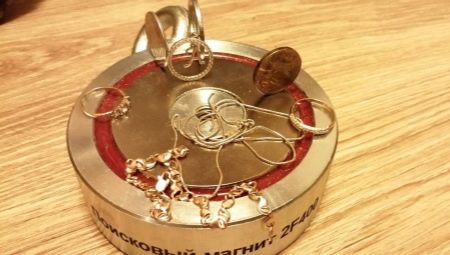Gold jewelry has long been a symbol of wealth and success, indicating the status of its owner. The price of gold is quite high, so products from it can be faked. Many gold-colored products are similar in appearance to gold, but are not. There is an opinion that gold does not magnetize, so it’s worthwhile to find out what magnetic properties a precious metal has and how it reacts to a magnet.
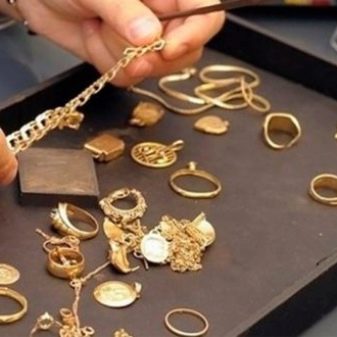
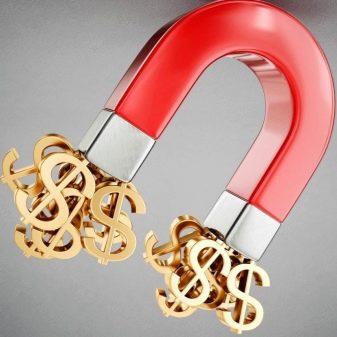
Magnetic properties
Gold is a special metal with unique properties. It has high resistance to acid and oxidative processes. Gold items have a high density, and at the same time, they are quite flexible. The main properties of gold include its softness, malleability and inertness. If you bring a magnet to a 999 gold bar, it will not magnetize, since such a metal has antimagnetic properties.
Pure gold is not used in jewelry, since the metal is fragile and will not be suitable for frequent wear.
To create jewelry use special alloys, where, in addition to this metal, others are used, called ligatures. Due to this, the alloy has high wear resistance.
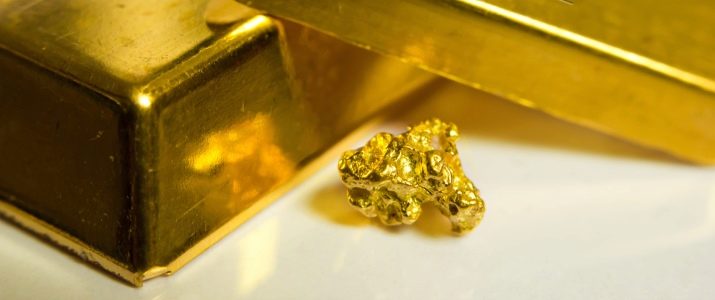
If you bring a magnet to gold, silver or bismuth products, it will not only not attract, but, on the contrary, will repel. This suggests that products made of high-grade metals do not magnetize.
If the alloy has a sample of 585, then it is considered high-grade. In this case, 58.5% will be accounted for by gold, and the remaining 41.5% will be distributed between copper and silver. Combining with each other, they do not fall under the influence of a magnet, since neither gold nor silver are magnetized, while copper, in turn, sticks slightly.
The sample engraved on the jewelry will indicate the composition.
For such jewelry, an alloy consisting of from 37.5% to 75% of precious metal is chosen. The percentage of silver can vary from 5 to 15, palladium is also present - from 3 to 20%. The rest is copper.

Sometimes you can find reviews that only the clasp in the chain is magnetized. This is due to the fact that carbon steel is used to make the spring fasteners. In the event that the product itself is not magnetized, you can buy it.
Why can gold respond to a magnet?
Before buying jewelry made of gold, many buyers often take a magnet with them to the store, trying to find out if the item is genuine. The use of a magnet helps in some cases to reveal an ornamental specimen.
Some unscrupulous manufacturers produce fake jewelry. Even if there is a test on a gold product, this does not always mean that it is genuine, since there is a possibility of a fake. It is not difficult to put a sample on the product, and it cannot be an indicator of the authenticity of the goods..
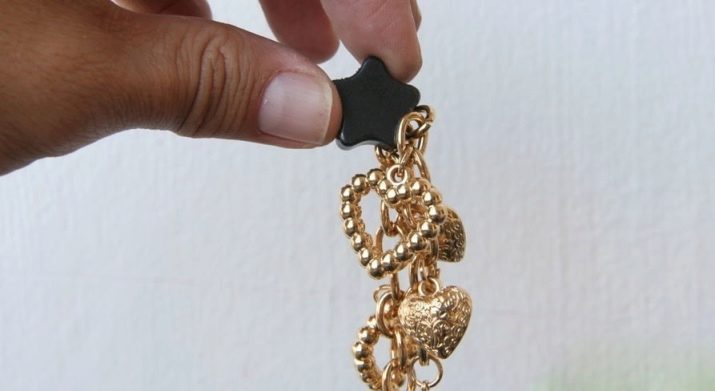
If you bring a magnet to a chain, earrings or a bracelet made of gold, he will not take them.
If the composition contains cobalt, iron or steel, then such a product will be magnetized, and it can be considered a fake.
According to experienced experts, there are several reasons why products begin to stick to a magnet, and a chain or ring can magnetize to itself.
- When using a gold alloy with cadmium or nickel. Most often they are used in the manufacture of stamped thick chains.
- Using Gold Plated Jewelry. Now there are effective methods of applying a protective coating to the product, in which a film is formed on it, it is firmly bonded to the base.

There are metals that are outwardly similar to gold, but do not have special properties.
- Aluminum Bronze Alloyswhich are 90% copper and 10% aluminum.
- Options from Bartbronzeconsisting of 50% tin and bronze.
- Gold alloyswhere copper and aluminum are combined. Goldin is used by jewelers in many European countries in the manufacture of jewelry.
- Platinum alloybased on copper. In addition, platinum, silver, nickel and zinc are present.

Copper has weak magnetic properties and is similar in appearance to gold. Quite often, unscrupulous manufacturers make fake jewelry from copper.
In order to give such products similarities with gold jewelry, they are covered with gilding.
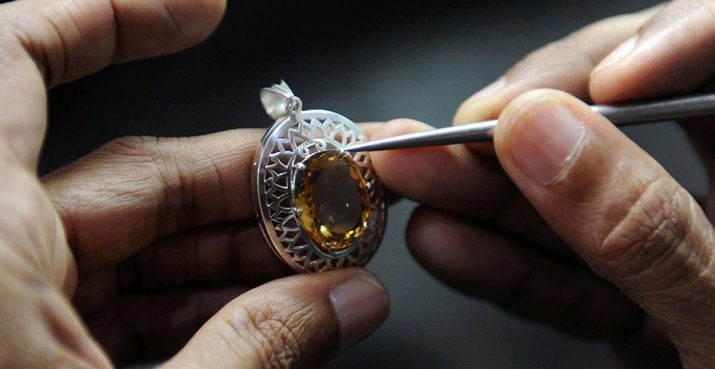
All of these alloys perfectly imitate gold. To identify the authenticity of such products, the magnet will not help, since these non-ferrous metals are not always attracted to it. Checking chains, rings and earrings made of gold at home cannot give a one hundred percent result in authentication.
The color of products and checking them on a magnet are not a reliable indicator of the quality of the goods.
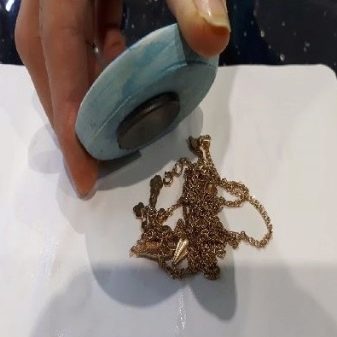
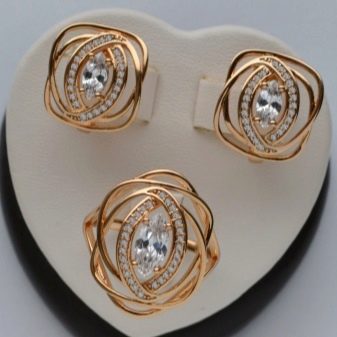
In its pure form, gold is not magnetized, therefore, when a jewelry reacts to a magnet, it must be checked for authenticity. In that case, if the product is drawn to a magnet - you should not purchase it. Or it is recommended that you verify it with a specialist jeweler..
There are several ways to verify the authenticity of precious metal products. This is their laboratory research, and the use of various reagents. Using reagents and special equipment, specialists will check the products and evaluate their authenticity.


It is recommended to purchase jewelry only in reputable jewelry stores that value their reputation. It is also worth making sure that you have a certificate for such products.
These precautions will allow you to purchase a natural jewelry, and not a cheap fake.
Based on the foregoing, we can conclude that it is impractical to verify the authenticity of a precious metal product with a magnet, as this will not provide a 100% guarantee of their authenticity.


Gold authentication using a magnet - in the video below.
